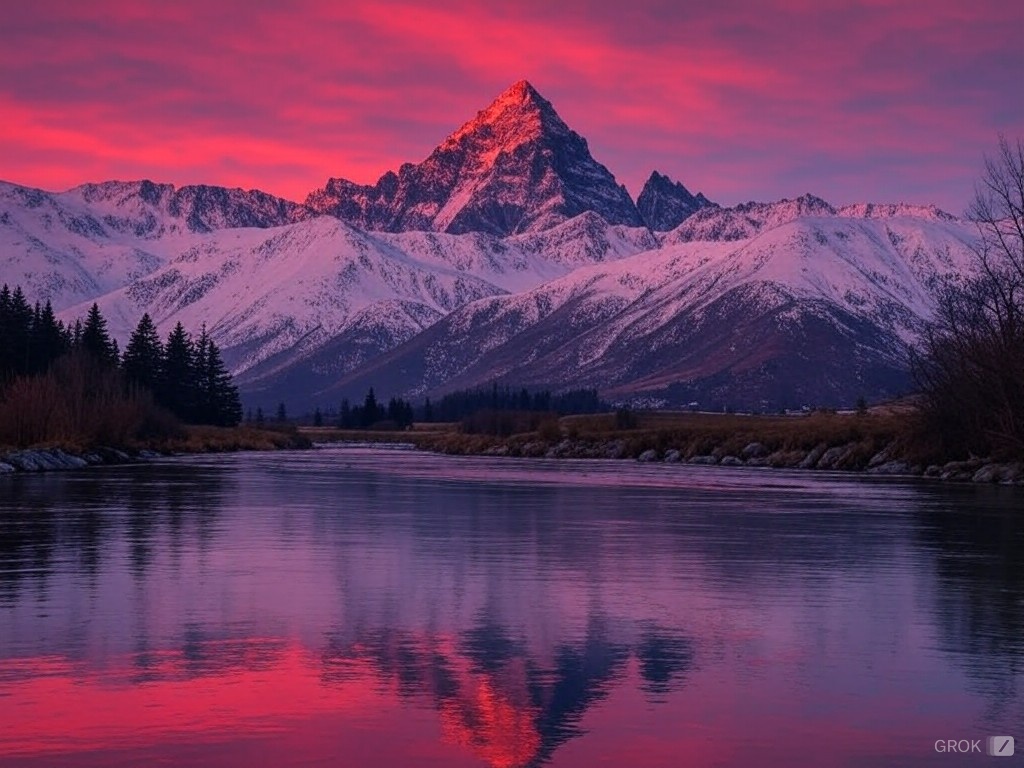Ah, Unity – where many of us dipped our toes into the ocean of game development and quickly realized there’s a whole world beneath the surface, right? Ever find yourself deep in the glow of your monitor, tweaking every little detail of your game terrain, believing that every rock and tree must be perfect? I have, more times than I can count. And in those moments, I discovered not just the complexity of game design, but the art of creating worlds that players would love to explore.
Now, if you’re starting off or even if you’ve been at it for a while, Unity might seem a bit daunting. Hey, weren’t we all there once? Let’s break it down, piece by piece, and soon you’ll be crafting levels that can stand shoulder to shoulder with the best out there in the indie scene.
Why Unity for Level Design?
Unity’s versatility is a huge part of its charm. Whether you’re venturing into 2D realms or crafting expansive 3D worlds, Unity has got your back. Yes, it’s a playground for creativity. But more than that, it’s also a robust tool equipped with features that can help bring the most elaborate visions to life.
But hey, with great power comes great… complexity, right? Sure, Unity can be a beast sometimes! One minute you’re smoothly sailing, the next you’re Googling how to fix something you didn’t know you could break. But that’s just part of the charm, isn’t it?
Getting Started with Unity Level Design
First things first – know your tools! Unity offers a plethora of built-in systems such as Terrain for sculpting those lush landscapes, or Lighting tools that can make your scene look downright cinematic. But suppose you dive right in without a map? Well, you might just get lost in the woods (quite literally if you’re planting too many trees in your scene!).
Remember to start simple. It’s tempting to go big or go home, but every complex game level starts with the basics. Layout your terrain, place your basic objects, and think about the player’s path. What story are you telling? What atmosphere are you aiming to create? These aren’t just designer dilemmas; they’re the very essence of what makes or breaks a game level.
Common Pitfalls and How to Dodge Them
Ever felt like your level looks a bit… flat? It’s not just you! Lighting and shadows play a huge part in bringing depth and life to your creation. Natural light isn’t just brightening everything up; it’s about creating mood, directing attention, and even guiding gameplay.
And let’s talk scale for a moment. Ever placed a tree in your game and it looked like a weed? Or the opposite – a giant overshadowing everything? Scale impacts not just aesthetics but player perception and gameplay. It’s one thing to imagine it, quite another to play it. Always test your levels, walk through them, see them through the player’s eyes.
Another hiccup might be optimization. Oh, the dreaded drop in frames per second! A beautiful scene means nothing if it’s jerking around every time your player takes a step. Keeping an eye on the polygons, textures, and the general richness of your scene can save you from a heavy-hearted overhaul down the track.
So, whether you’re a total newbie feeling out your path, or a seasoned dev looking for a fresh perspective, Unity’s sandbox is vast and filled with opportunities. It can be your best friend or a tricky beast, sometimes both at the same time.
Got a game concept you’re itching to bring to life but not sure where to start? Maybe you’ve begun the journey and hit a snag? Drop me a line at [email protected]. Let’s tame the Unity beast together and craft a game level that’s not just good-looking but also rich in gameplay and seamless in performance. Ready? Let’s create worlds!
